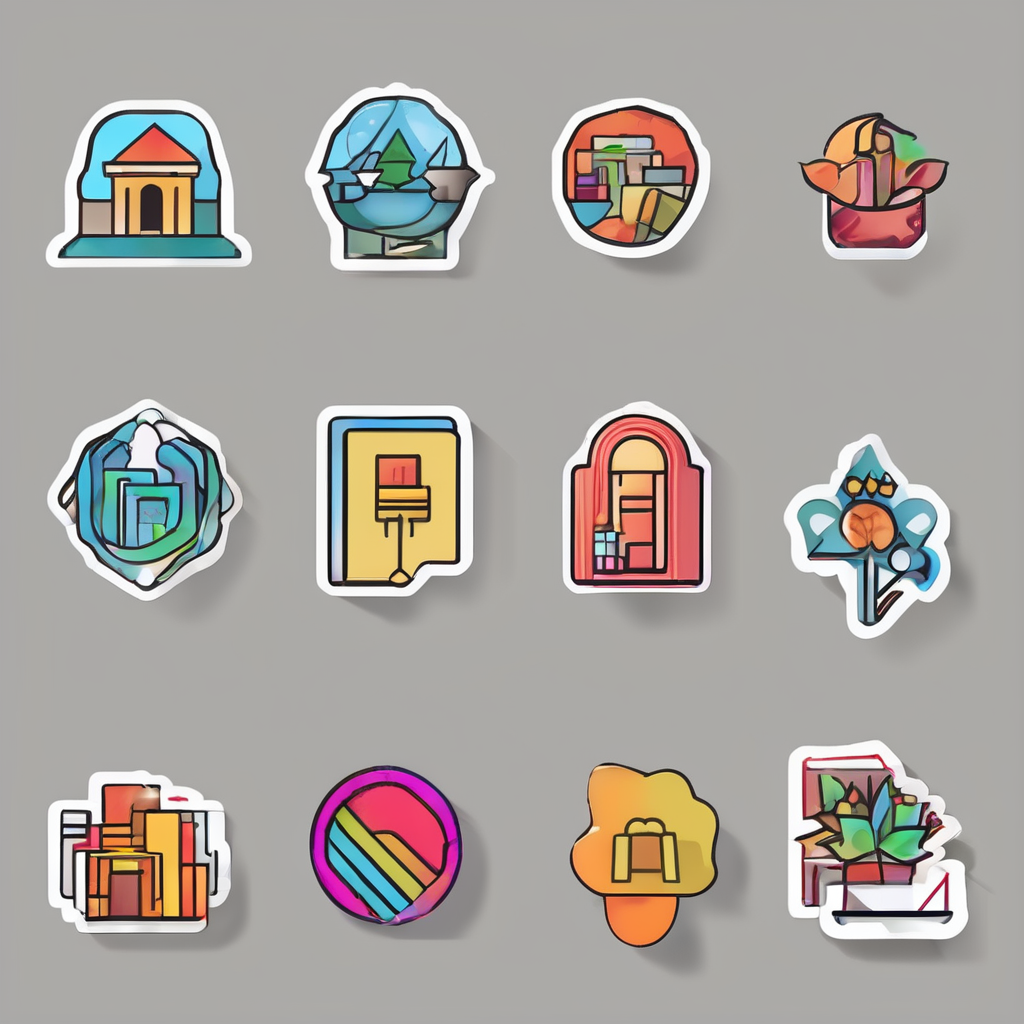Overview of Pollinator-Friendly Plants
In urban gardening, biodiversity plays a vital role in creating thriving ecosystems. Incorporating pollinator plants is one way to foster this diversity and invite a range of beneficial insects, such as bees and butterflies, into city gardens.
Pollinator plants are essential because they provide nectar and pollen, critical food sources for many urban pollinators. As these insects travel from bloom to bloom, they inadvertently facilitate the reproduction of flowering plants. Attracting them to urban spaces can enhance garden vitality and boost overall ecosystem health.
In the same genre : Essential techniques for successful basement waterproofing in nottingham
Urban settings often lack the diversity found in rural areas. Thus, introducing a wide variety of pollinator plants can create microhabitats that support multiple species, contributing to biodiversity. This diversity can, in turn, enhance the urban ecology, offering benefits that ripple through the environment.
Key characteristics of pollinator-friendly plants include brightly coloured blooms, sweet fragrances, and varied flowering times. These traits are designed to attract different pollinators at different times, ensuring an ongoing supply of food and promoting continuous pollination activity. For urban gardeners, this means creating a dynamic and vibrant landscape that isn’t just beautiful but beneficial to our environmental partners.
Also to read : Essential materials to create your ideal diy garden pathway at home in nottingham
Maintenance Tips for Pollinator Gardens
Effective garden maintenance is crucial to ensuring pollinator gardens thrive in urban settings. Proper care involves understanding the specific needs of your pollinator plants, which can significantly enhance garden performance and contribute to local biodiversity.
Caring for Pollinator Plants
To promote robust growth, establish a consistent watering schedule, especially during periods of drought. Choosing the right soil composition is also key; most pollinator plants prefer well-drained soil enriched with organic matter. Regular pruning encourages healthier blooms and minimizes disease risk, keeping your garden vibrant and inviting to pollinators.
Sustainable Practices
Incorporate sustainable gardening practices like composting and mulching to enhance soil health. Mulching not only conserves moisture but also suppresses weeds, reducing the need for chemical interventions. Additionally, rotate plant species within your garden to prevent soil depletion and control pests naturally.
Pest Management
Opt for non-toxic pest control methods to protect both your plants and visiting pollinators. Companion planting, where you pair plants that naturally repel pests, provides an eco-friendly solution. Introduce natural predators, like ladybirds, to manage aphid populations. Chemical pesticides can harm beneficial insects and should be a last resort.
Best Pollinator-Friendly Plants for Bristol
Incorporating both native and non-native plants can significantly enhance Bristol’s urban ecology. Native plants are adapted to the local climate and soil, making them resilient and supportive of local wildlife. For example, the Common Hawthorn offers a food source and habitat for numerous pollinators. Similarly, the Foxglove attracts bumblebees with its tubular flowers.
Native Plants
Integrating flowering plants like the Oxeye Daisy and Red Campion can support local ecosystems effectively. Their natural adaptation ensures they flourish in various conditions while providing essential nutrients for pollinators. Such plants not only beautify gardens but also bolster urban biodiversity.
Non-Native Plants
Certain non-native options thrive in Bristol’s climate, adding variety and extending bloom periods. Lavender, for instance, is not only attractive but also a pollinator magnet that adapts well to local conditions. Adding such plants enhances garden aesthetics and supports diverse ecology.
Seasonal Blooms
Timing is crucial for maintaining a consistent food supply for pollinators. Incorporating seasonal blooms like Winter Heliotrope and Aster extends support throughout the year. Strategically planting these ensures continuous floral resources, promoting a vibrant, pollinator-friendly landscape.
Local Resources and Community Initiatives
Urban gardening enthusiasts in Bristol have access to a wealth of local gardening resources that support the cultivation of pollinator-friendly environments. Several nurseries specialise in providing a variety of plants suitable for attracting pollinators. These nurseries stock both native and non-native plants that are well-adapted to Bristol’s climate, ensuring gardeners have the best options for enriching urban ecology.
Additionally, the Bristol gardening community is vibrant, with multiple community gardens and initiatives dedicated to promoting biodiversity. These spaces provide not only a location for communal engagement but also showcase practical methods for incorporating pollinator plants into urban plots. Engaging with these projects can offer gardeners valuable hands-on experience and insights.
For those seeking to deepen their understanding, a range of educational resources are available. These resources, often provided by local environmental organisations, include workshops and online materials focusing on sustainable landscaping practices and garden design aimed at enhancing pollinator habitats. By leveraging these opportunities, urban gardeners can contribute significantly to the health of local ecosystems, ensuring thriving biodiversity in Bristol’s urban spaces.
Designing a Pollinator Garden
Creating a pollinator-friendly garden requires thoughtful garden design and strategic layout. Incorporating a diverse range of pollinator habitat ensures that your space is not only visually appealing but also supportive of ecological health.
Layout and Planting Strategies
Designing a garden with varying layers of plants, from tall trees to ground cover, can create a dynamic environment that caters to different pollinators. Urban landscaping benefits from clusters of native plants, as these are familiar to local pollinators and support the biodiversity of the area. Planting in groups rather than singles makes it easier for pollinators to find resources, enhancing the chances of your garden being a thriving pollination hub.
Incorporating Water Sources and Shelter
In addition to plants, consider integrating water sources such as small ponds or bird baths to attract and sustain pollinator species. These water features provide necessary hydration and can serve as cooling stations. Meanwhile, shelters like bee hotels or log piles create safe havens for nesting and overwintering, essential for sustaining a variety of pollinators year-round. Thoughtful incorporation of these elements significantly contributes to a well-rounded garden that supports both flora and fauna, fostering a balanced urban ecology.

